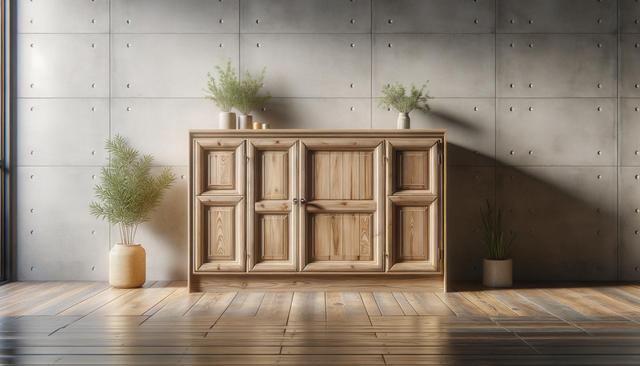
Choosing House Paint Colors: A Guide to Transforming Your Home
Understanding Color Psychology in Home Design
Color plays a powerful role in how we perceive a space. When choosing house paint colors, it’s helpful to understand the psychology behind different hues. Warm tones like reds, oranges, and yellows can create an inviting and energetic atmosphere, making them popular choices for social spaces like living rooms and kitchens. On the other hand, cool colors such as blues, greens, and purples tend to evoke calmness and relaxation, which is why they’re often used in bedrooms and bathrooms. Neutral tones like grays, beiges, and whites offer flexibility and timeless appeal, which is especially useful if you plan to sell your home in the future.
Before settling on a palette, consider how you want each room to feel. Do you want a cozy, intimate space or a bright and open area? Understanding the emotional impact of color can guide you toward options that support your lifestyle and preferences.
Factors to Consider Before Choosing Paint Colors
Several practical factors should influence your choice of paint colors. Lighting, for instance, can change how a color appears at different times of the day. Natural light brings out the truest color, while artificial lighting can cast warm or cool tones that alter the look of your walls. It’s advisable to test paint samples on your walls and observe them throughout the day before making a final decision.
Other considerations include:
- Existing furniture and décor – Choose colors that complement what you already have.
- Room size – Lighter colors can make a small room feel larger, while darker shades add depth and coziness.
- Architectural features – Highlight elements like crown molding or wainscoting with contrasting or complementary colors.
By evaluating these aspects, you’ll be better equipped to select a color scheme that enhances your home’s overall appearance.
Popular Color Trends for Modern Homes
While timeless shades always have their place, current trends in house paint colors offer fresh inspiration. Earthy tones are gaining popularity for their natural, grounding effect. Think soft terracottas, olive greens, and warm taupes. Additionally, muted blues and dusty pastels are being used to create serene spaces that reflect a sense of peace and clarity.
Some popular directions include:
- Monochromatic themes – Using variations of a single color for a cohesive and elegant look.
- Bold accent walls – Introducing a pop of color on one wall to add visual interest without overwhelming the space.
- Two-tone combinations – Blending colors like navy and white or forest green and beige for a sophisticated finish.
Staying informed about current trends can help you achieve a modern and stylish effect while still allowing room for personal touches.
Exterior Paint Colors That Boost Curb Appeal
Choosing exterior house paint colors is equally important, as it defines your home’s first impression. The right color can highlight architectural features, blend harmoniously with the landscape, and even increase property value. Neutral and earthy tones are often favored for their broad appeal and ability to complement natural surroundings. However, some homeowners opt for more distinctive colors to stand out in the neighborhood.
When planning your exterior palette, consider:
- Neighborhood standards – While uniqueness is great, it’s wise to stay within the general aesthetic of your area.
- Roof and trim color – Ensure your main color works well with fixed elements.
- Climate – Lighter colors reflect sunlight and help keep homes cooler in warm climates, while darker shades can add warmth in colder regions.
With thoughtful planning, your exterior color choices can reflect your personality while enhancing your home’s charm.
Tips for a Successful Painting Project
Once you’ve selected your house paint colors, the next step is proper application. Investing time in preparation will lead to a more professional and lasting finish. Start by cleaning the surfaces, repairing any damage, and applying primer if needed. Quality tools and materials, including brushes, rollers, and painter’s tape, can make a significant difference in the outcome.
Additional tips include:
- Use paint samples to test colors in various lighting conditions.
- Follow manufacturer recommendations for drying times and coats.
- Don’t rush – allow each layer to dry fully before applying the next.
Whether you’re hiring professionals or tackling the job yourself, attention to detail and preparation are key to achieving a polished result that lasts for years.


